Seville stands as Andalusia’s crown jewel, a city where Moorish palaces neighbor Gothic cathedrals and flamenco rhythms fill ancient cobblestone streets. While many visitors arrive with expectations of orange trees and afternoon siestas, Spain’s fourth-largest city consistently defies simple categorization. The Andalusian capital reveals layers of unexpected delights that transform first-time visitors into lifelong admirers.
Here are 20 reasons why Seville will surprise even the most seasoned travelers with its unique blend of tradition and innovation.
Underground Roman Ruins
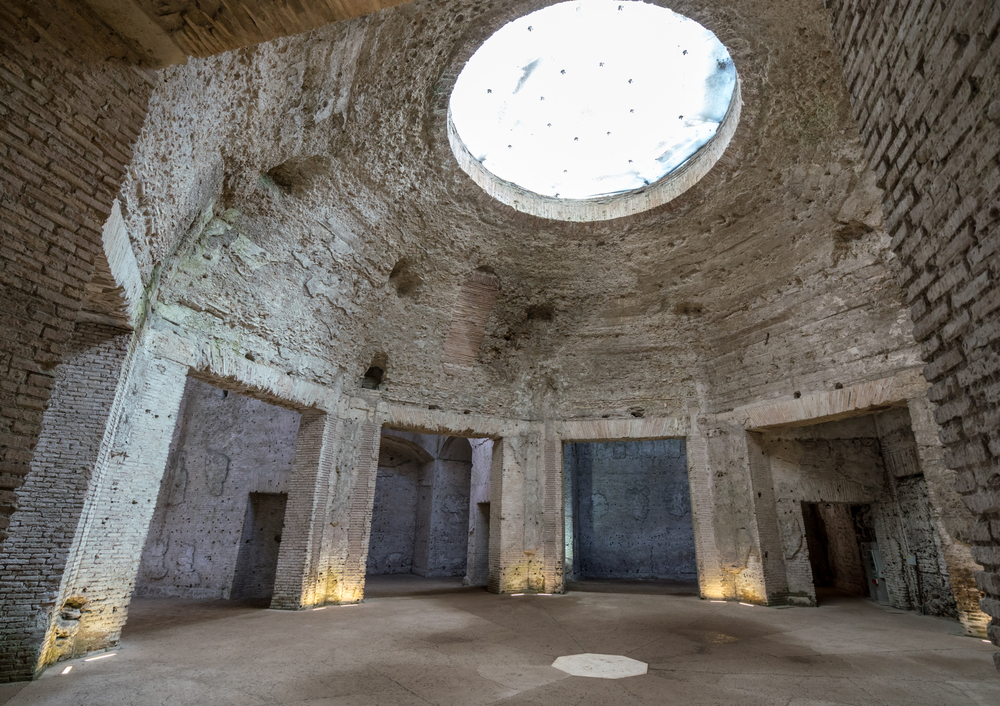
Beneath Seville’s bustling streets lie extensive Roman ruins that have only recently opened to the public. The Antiquarium under Metropol Parasol showcases remarkably preserved mosaics and domestic structures from the 1st century.
These archaeological treasures remained hidden for centuries until construction crews uncovered them while building a parking garage in the early 2000s.
Architectural Time Travel
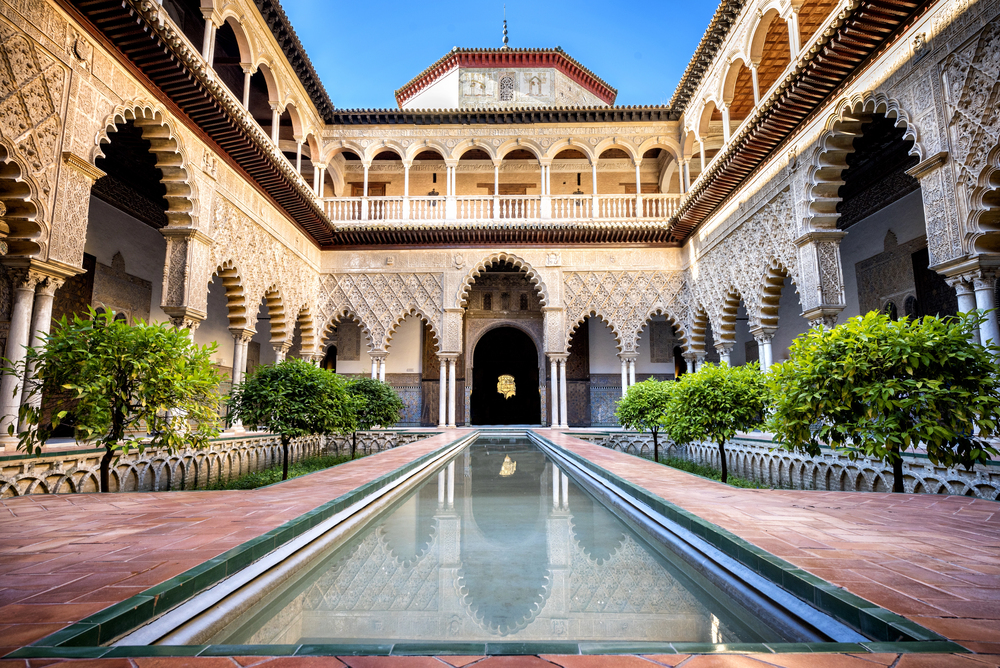
The Real Alcázar palace complex features architectural styles spanning nearly a thousand years in a single location. Muslim and Christian craftsmen worked side by side for generations, creating spaces where Gothic arches seamlessly transition into Mudéjar patterns and Renaissance courtyards.
The resulting aesthetic fusion creates an architectural experience impossible to find elsewhere in Europe.
Like Travel Pug’s content? Follow us on MSN.
Hollywood Film Location

Seville’s Alcázar and Plaza de España have become favorite filming locations for major productions, including Game of Thrones, Star Wars, and Lawrence of Arabia. Local guides now offer specialized tours highlighting scenes filmed throughout the city, showcasing how filmmakers transform these historic settings.
The city’s versatility as a filming location stems from its ability to portray everything from fantasy kingdoms to distant planets convincingly.
April Fair Extravaganza
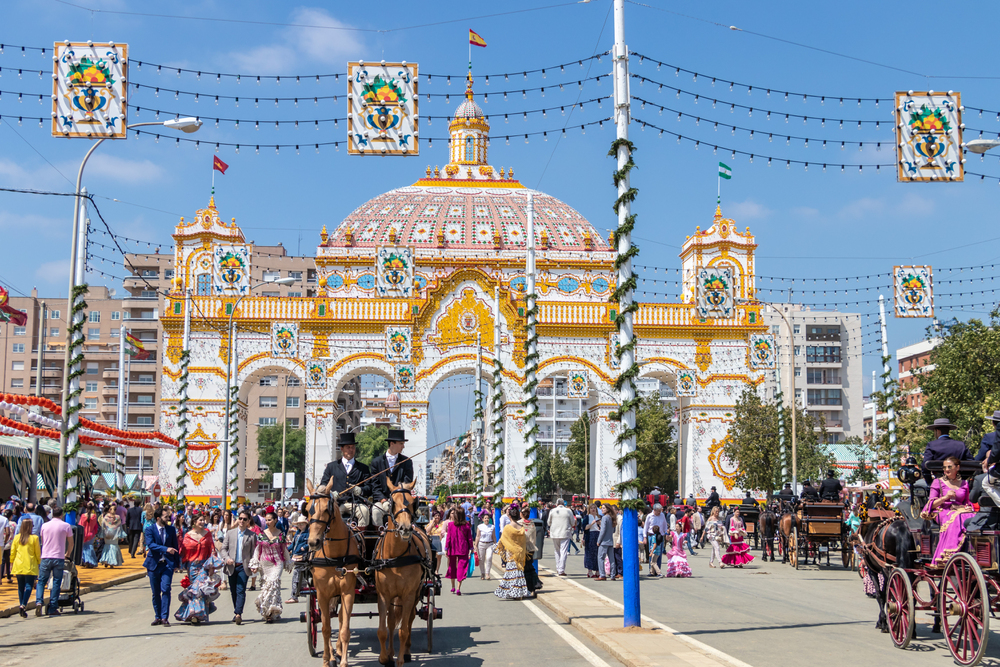
The Feria de Abril transforms nearly a square mile of the city into a temporary small town of over 1,000 striped casetas (private tents). Local families spend entire years planning their participation in this week-long celebration of Andalusian culture, food, and flamenco.
Unlike most European festivals, this massive event primarily caters to locals rather than tourists, making it an authentic cultural immersion experience.
Authentic Flamenco Scene
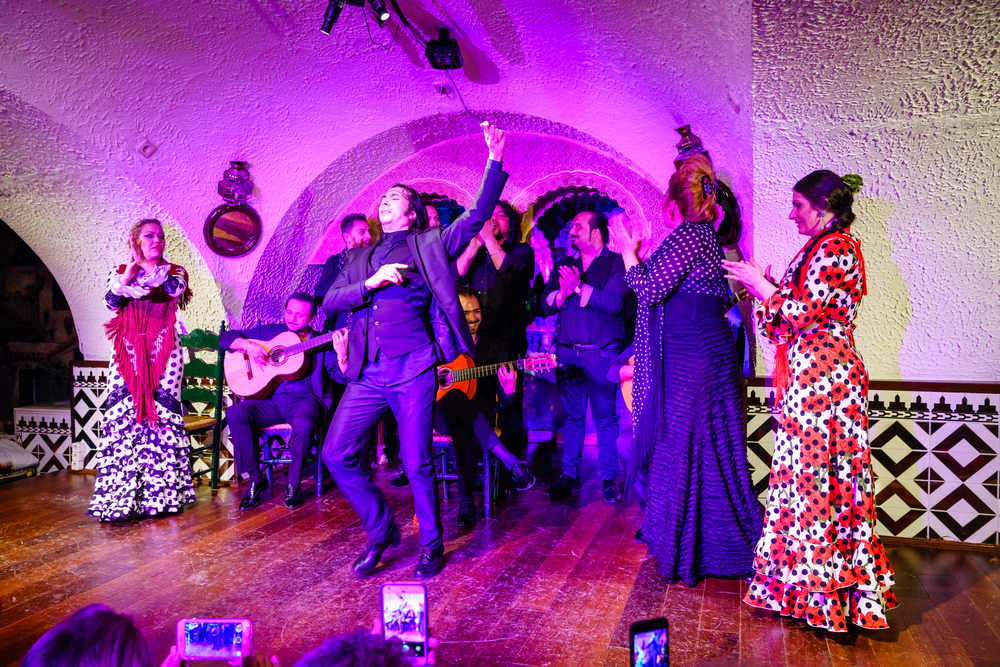
While tourist-oriented flamenco shows exist, Seville maintains genuine peñas flamencas where locals perform purely for the art form. These intimate venues operate more like cultural societies than commercial establishments, with spontaneous performances often continuing until dawn.
The raw emotion displayed in these authentic settings bears little resemblance to the polished tourist versions.
Like Travel Pug’s content? Follow us on MSN.
Cutting-Edge Contemporary Art
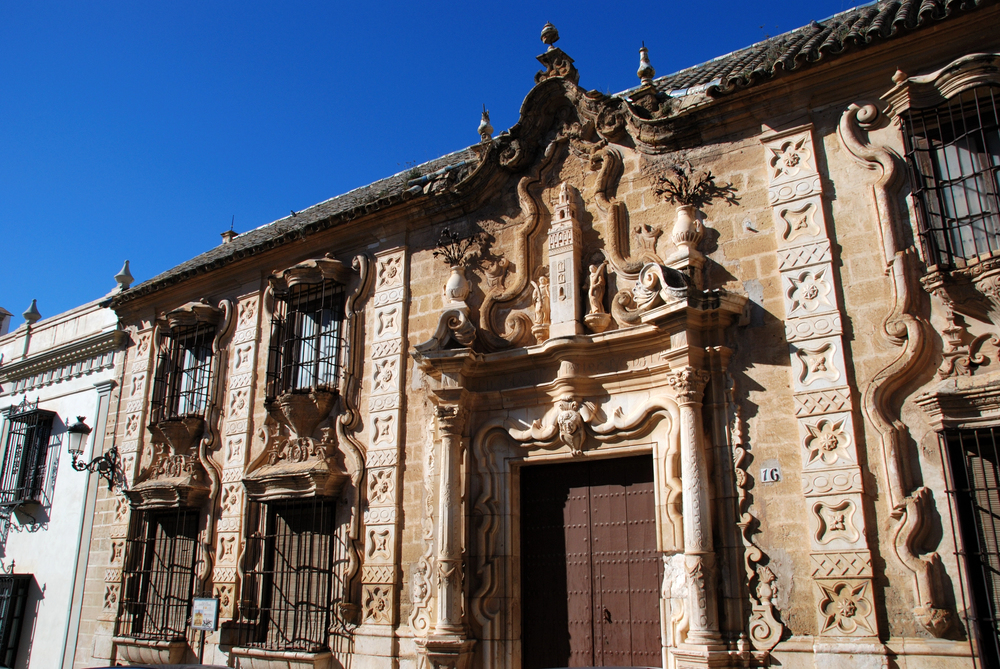
Beyond historic attractions, Seville houses avant-garde art spaces like the Centro Andaluz de Arte Contemporáneo inside a former monastery. The juxtaposition of 15th-century monastic architecture with provocative modern installations creates a compelling dialogue between past and present.
The center’s rotating exhibitions frequently feature emerging Andalusian artists alongside international figures.
Foodie Paradise Beyond Tapas

While tapas culture originated here, Seville’s culinary scene extends beyond these small plates into innovative gastronomy. Chefs combine Andalusian traditions with molecular techniques and North African influences to create distinctive flavor profiles unique to the region. The city now boasts several Michelin-recognized restaurants alongside centuries-old taverns serving dishes unchanged for generations.
Secret Jewish History
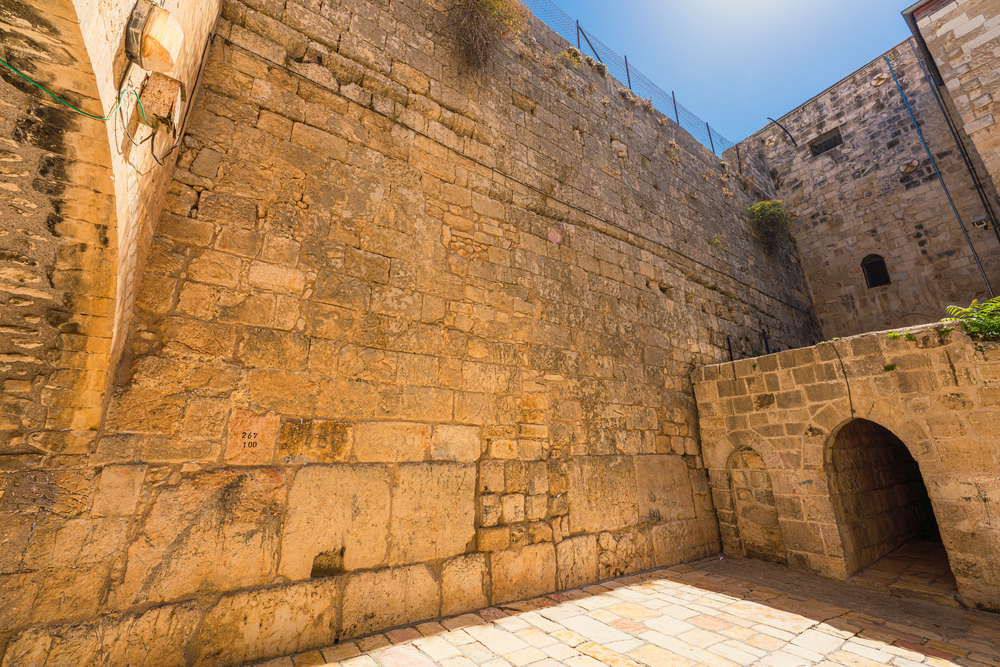
The narrow lanes of the former Jewish quarter conceal centuries of hidden history, including secret synagogues disguised as ordinary homes. Following the 1492 expulsion, Jewish families who converted often maintained clandestine religious practices behind unmarked facades.
Recent restoration efforts have revealed hidden Hebrew inscriptions and ritual baths preserved beneath layers of later construction.
Like Travel Pug’s content? Follow us on MSN.
Largest Wooden Structure Worldwide
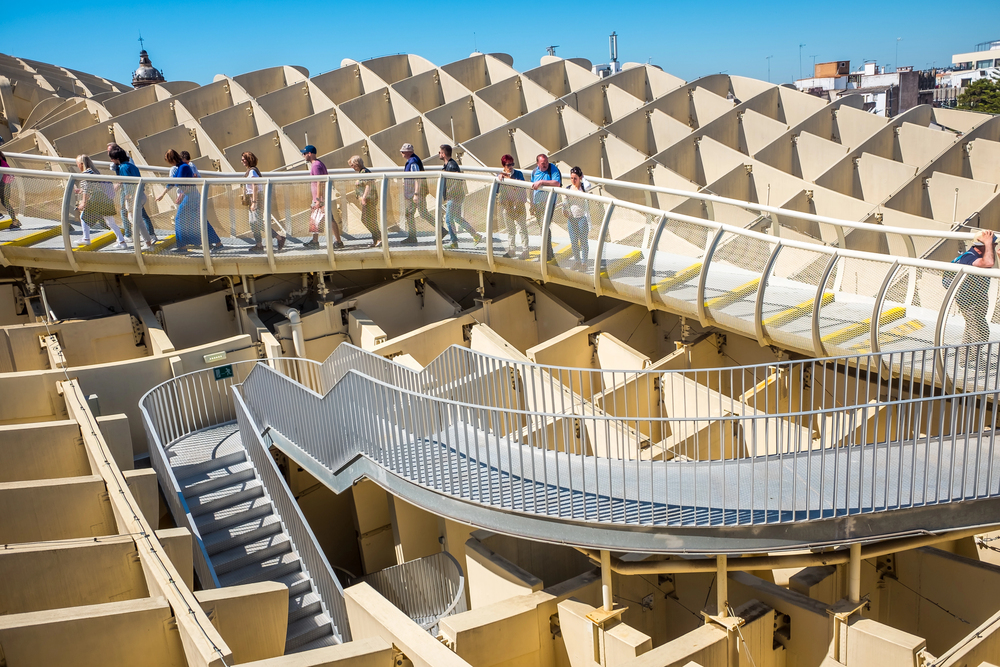
The Metropol Parasol, locally nicknamed ‘Las Setas’ (The Mushrooms), is the largest wooden structure globally. This undulating contemporary landmark provides expansive rooftop views across Seville’s historic center.
The structure’s organic forms seem paradoxically futuristic and ancient at once, representing the city’s ability to embrace innovation while honoring tradition.
Urban Ceramic Tradition
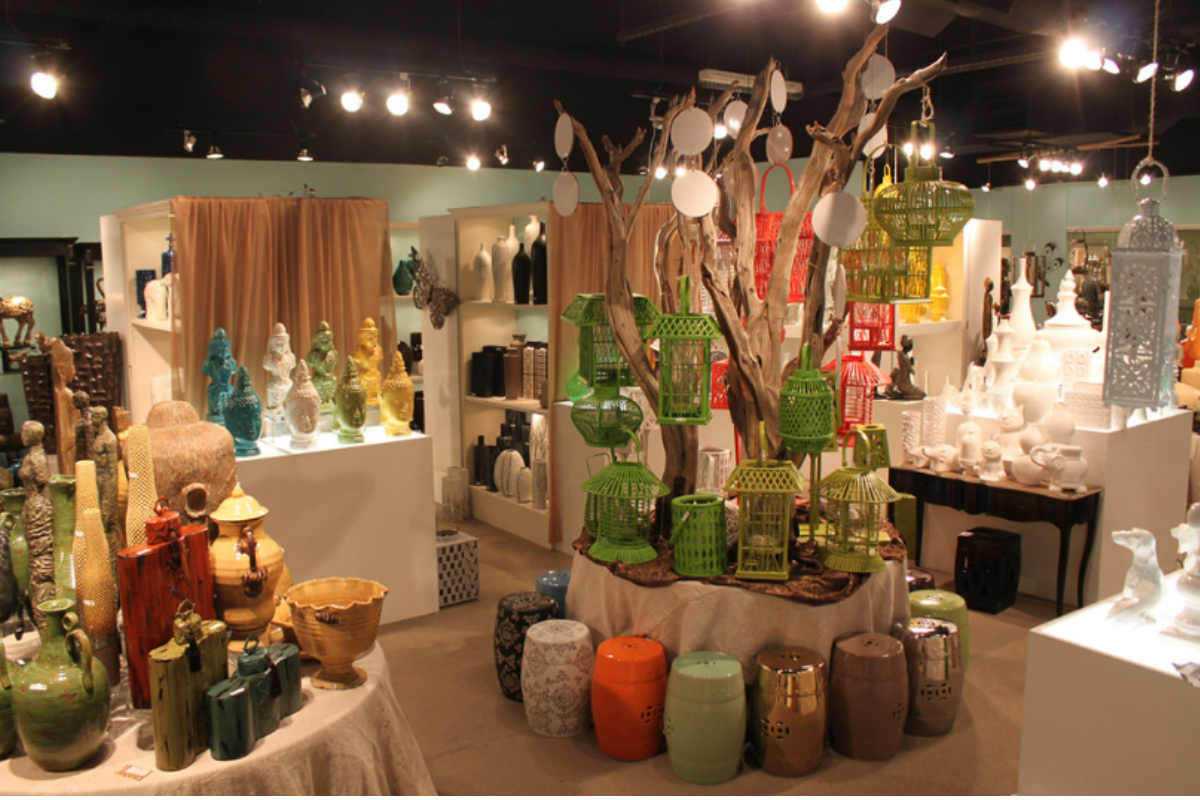
Decorative ceramics adorn virtually every neighborhood, with thousands of hand-painted tiles depicting historical scenes and daily life. Local artisans still produce azulejos using techniques unchanged since the medieval period, firing distinctive blue and yellow designs in traditional kilns.
Even modern buildings incorporate this ceramic tradition, maintaining visual continuity with structures built centuries earlier.
Vibrant Craft Beer Scene
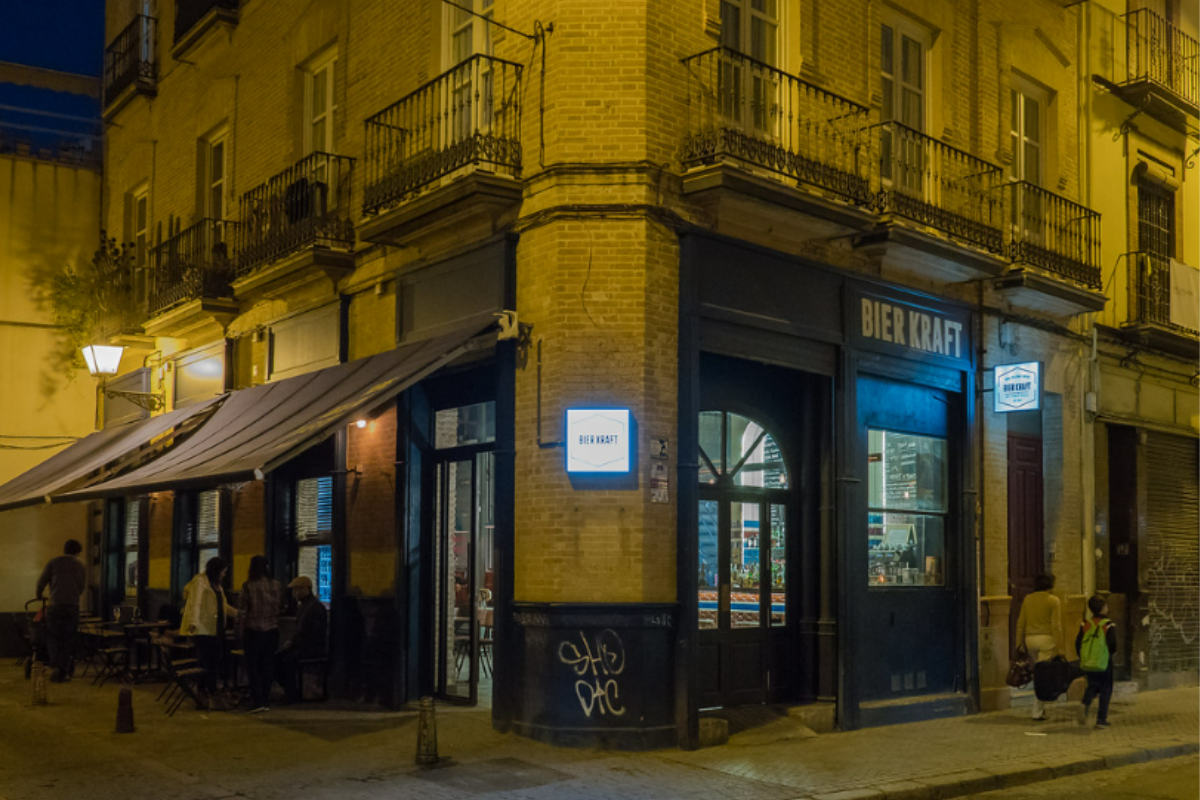
Beyond traditional wines and sherry, Seville has developed a thriving craft beer culture hidden in its ancient streets. Microbreweries operate in repurposed historic buildings, creating unique brews that incorporate local ingredients like orange peel and olive oil.
These contemporary brewing ventures represent how Sevillanos reinvent traditions while respecting cultural heritage.
Like Travel Pug’s content? Follow us on MSN.
Unexpected Green Spaces
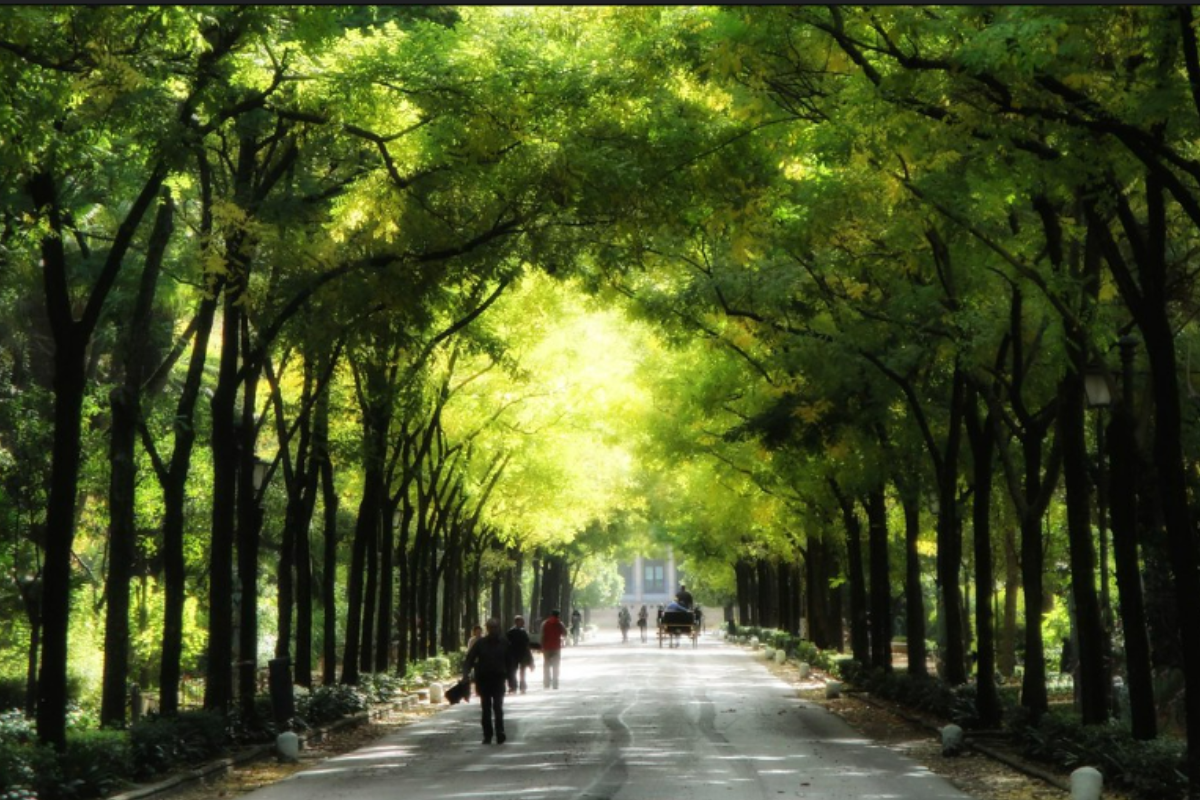
Despite its densely packed historic center, Seville maintains surprisingly lush parks throughout the city. The Parque de María Luisa spans over 100 acres with botanical collections representing Spain’s former colonial territories.
During summer, when temperatures regularly exceed a scorching 100°F, these green havens become essential gathering spots where families socialize until midnight.
Authentic Muslim Quarter
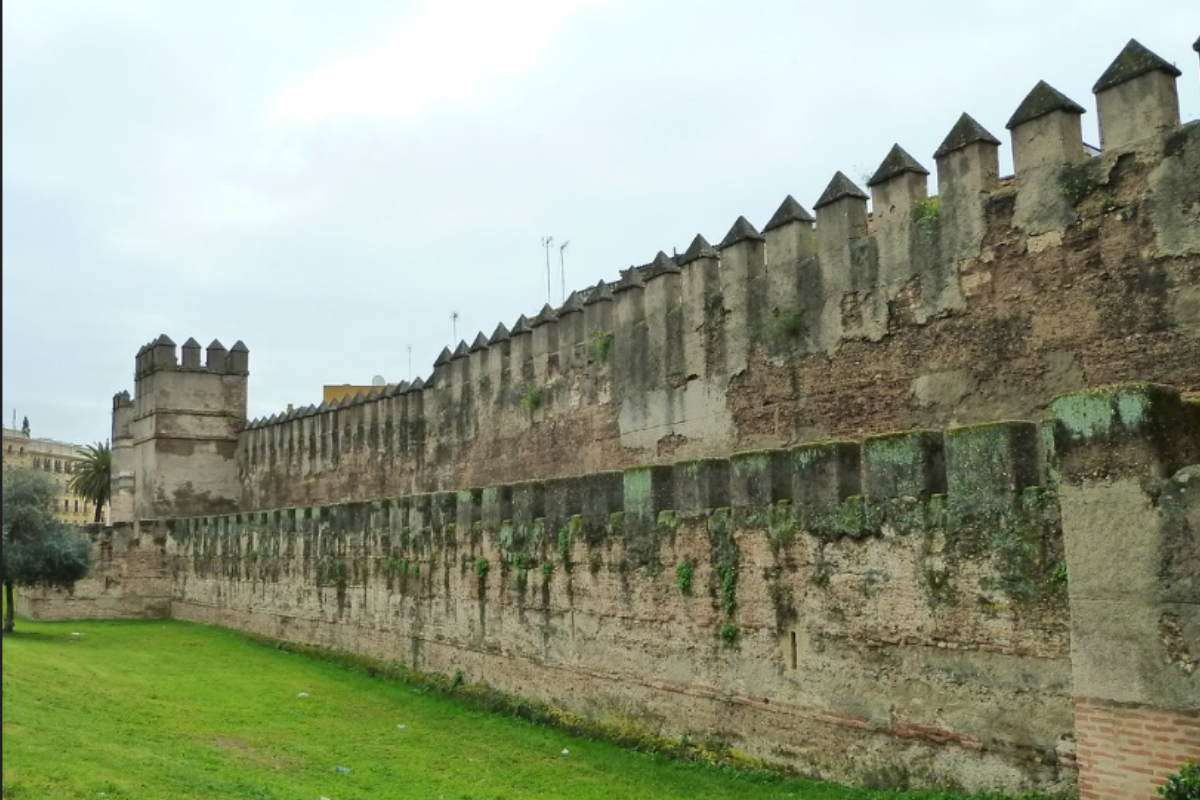
The Macarena district preserves sections of the original city walls alongside narrow streets following medieval Islamic urban planning principles. Many buildings retain interior courtyards with fountains designed for natural cooling, a practical architectural feature dating back to Moorish times. The neighborhood’s continued use of these ancient design elements demonstrates how historical necessity evolved into cultural identity.
Vibrant LGBTQ+ Community

Seville hosts one of Spain’s most vibrant LGBTQ+ scenes, centered around the Alameda de Hércules district. This progressive community thrives within one of Spain’s most traditionally Catholic cities, creating unique cultural expressions.
The annual pride celebration blends traditional Andalusian festivity with contemporary LGBTQ+ culture in a distinctively Sevillian fusion.
Like Travel Pug’s content? Follow us on MSN.
Modern Public Transportation
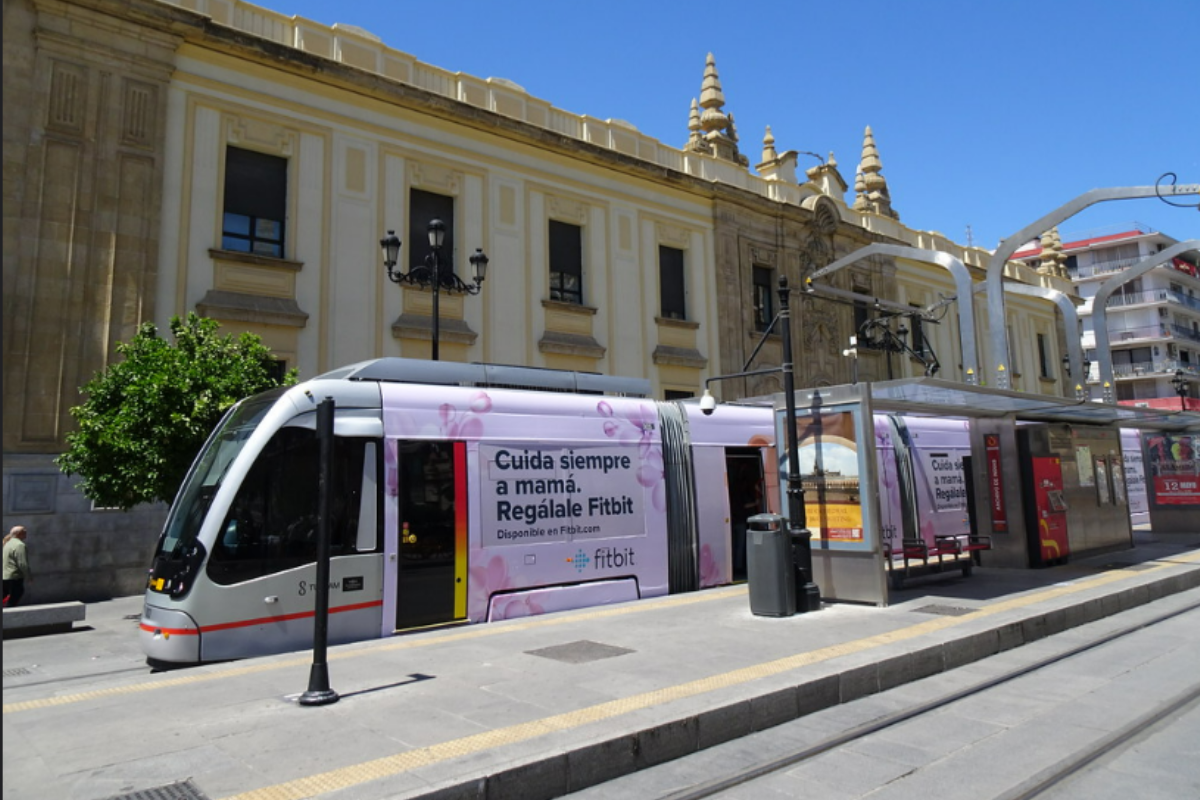
Despite its ancient layout, Seville operates one of Europe’s most efficient and sustainable public transportation systems. The sleek tram network navigates narrow medieval streets while a comprehensive bike-share program includes over 80 miles of dedicated cycling paths.
This commitment to modern mobility solutions demonstrates how historical cities can adapt to contemporary needs without sacrificing character.
Distinctive Easter Traditions
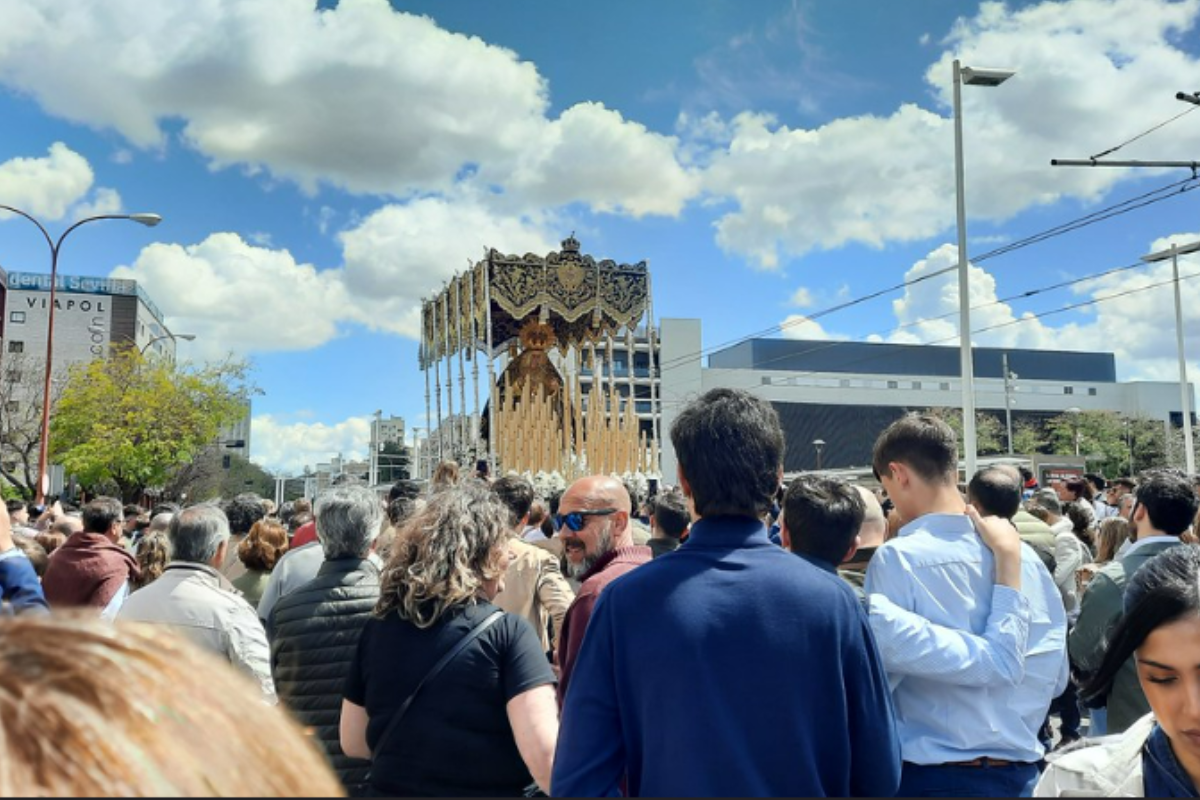
Semana Santa (Holy Week) processions in Seville differ dramatically from Easter celebrations elsewhere in the Christian world. Hooded penitents carry massive floats weighing up a ton through streets lined with emotional spectators.
The tradition dates back to medieval times but remains a living cultural expression rather than merely a performance for tourists.
Riverside Transformation
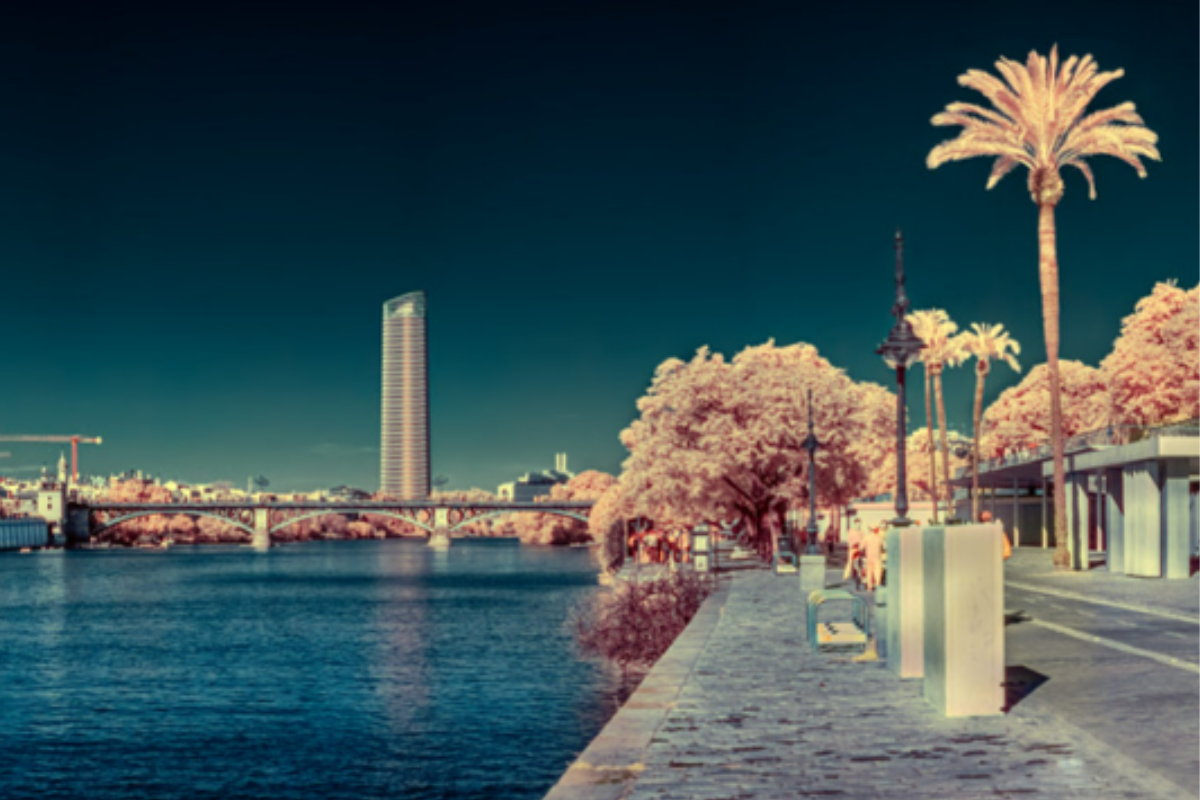
For the last twenty years, this portion of the river Guadalquivir has been converted from industrial wasteland to urban recreational area. Old warehouses have been converted to riverside cafés, while landscape paths now accommodate joggers, cyclists, and strollers in the evening.
This reclamation project stands as an example of the reimagining that Seville has been able to achieve within the context of its port city heritage.
Like Travel Pug’s content? Follow us on MSN.
Winter Warmth

While much of Europe shivers through winter, Seville typically enjoys over 300 days of sunshine annually with comfortable temperatures even in January. The mild winter climate allows year-round outdoor dining and socializing, which is unusual for continental European cities.
Winter visitors often find themselves shedding layers to enjoy lunch outdoors while friends back home battle snow and ice.
Orange Tree Surprise
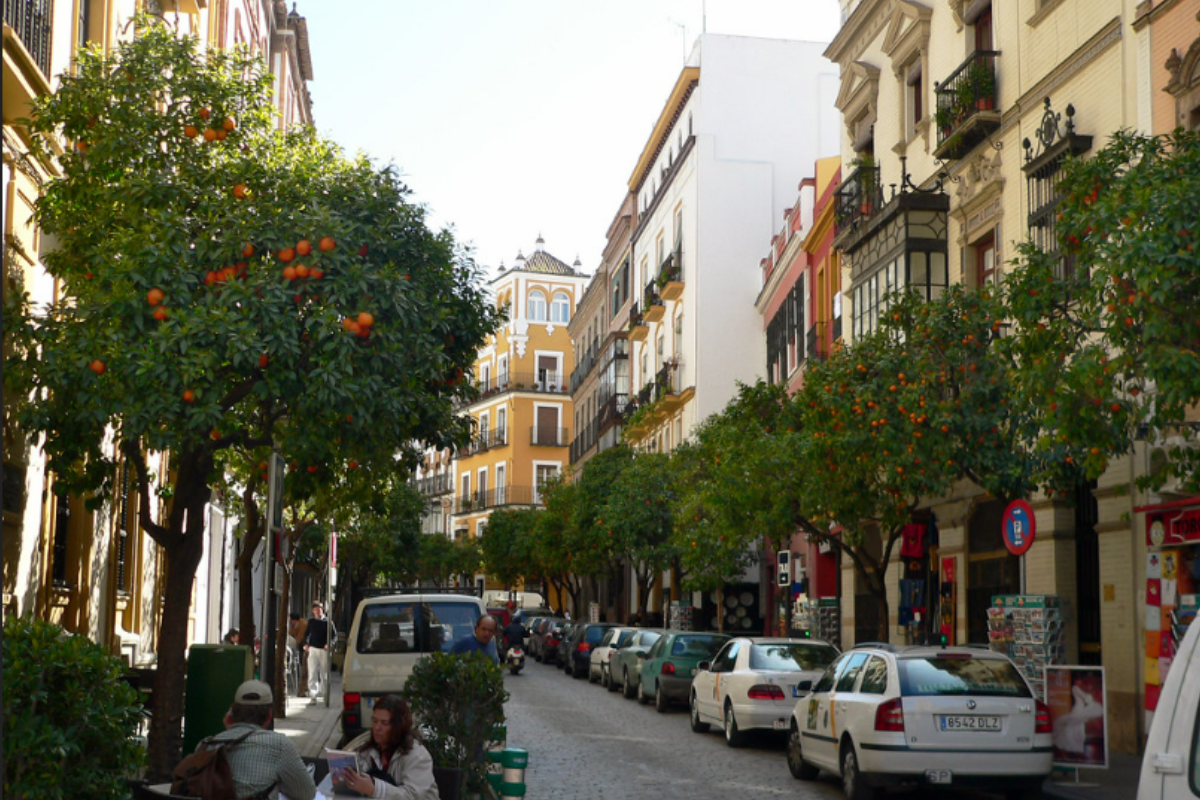
The thousands of orange trees lining Seville’s streets produce bitter fruit unsuitable for fresh eating, surprising first-time visitors. Local authorities harvest approximately 15,000 tons annually, shipping most to Britain for marmalade production.
The trees serve primarily ornamental and aromatic purposes, perfuming the city with the scent of orange blossom each spring.
Sevillian Time Concept
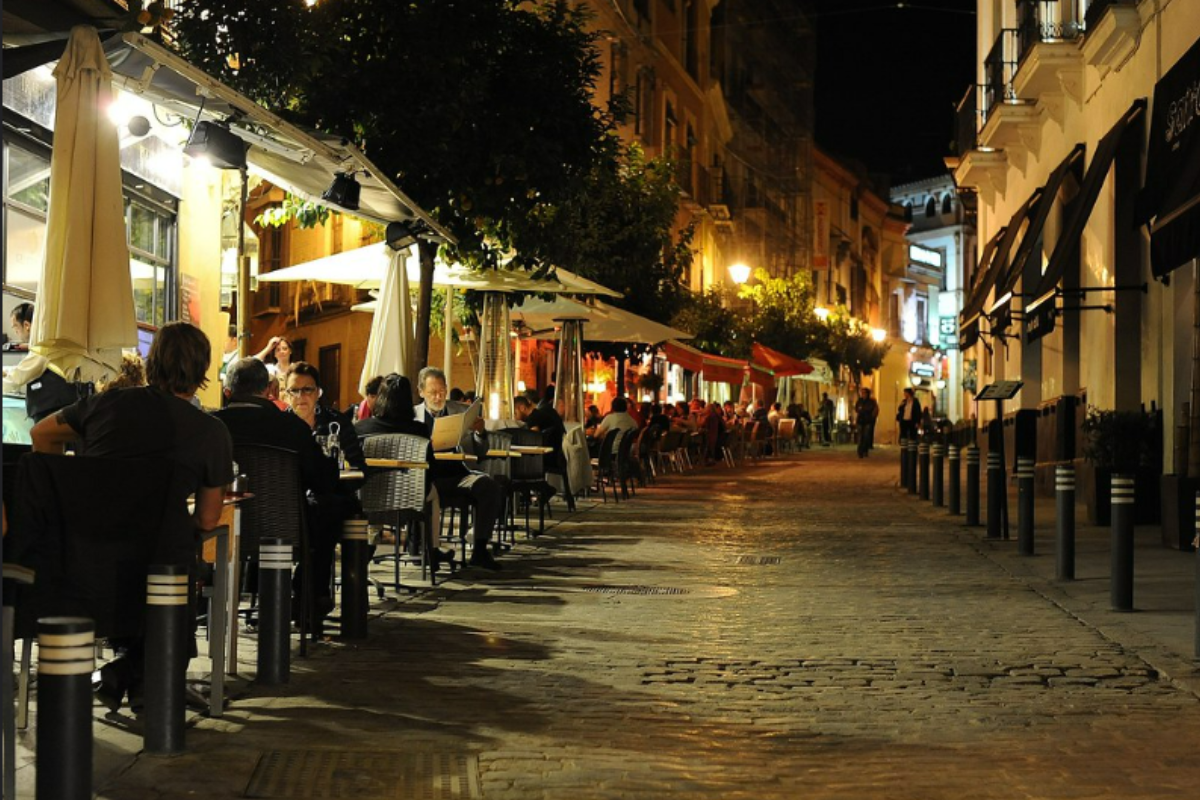
Locals operate on a distinctive daily schedule that shifts typical mealtimes several hours later than most Western countries. Dinner routinely begins after 9 PM, with social gatherings extending well past midnight even on weeknights.
This chronological flexibility reflects broader Andalusian approaches to time, where the quality of experience consistently takes precedence over rigid scheduling.
Like Travel Pug’s content? Follow us on MSN.
The Spirit of Centuries
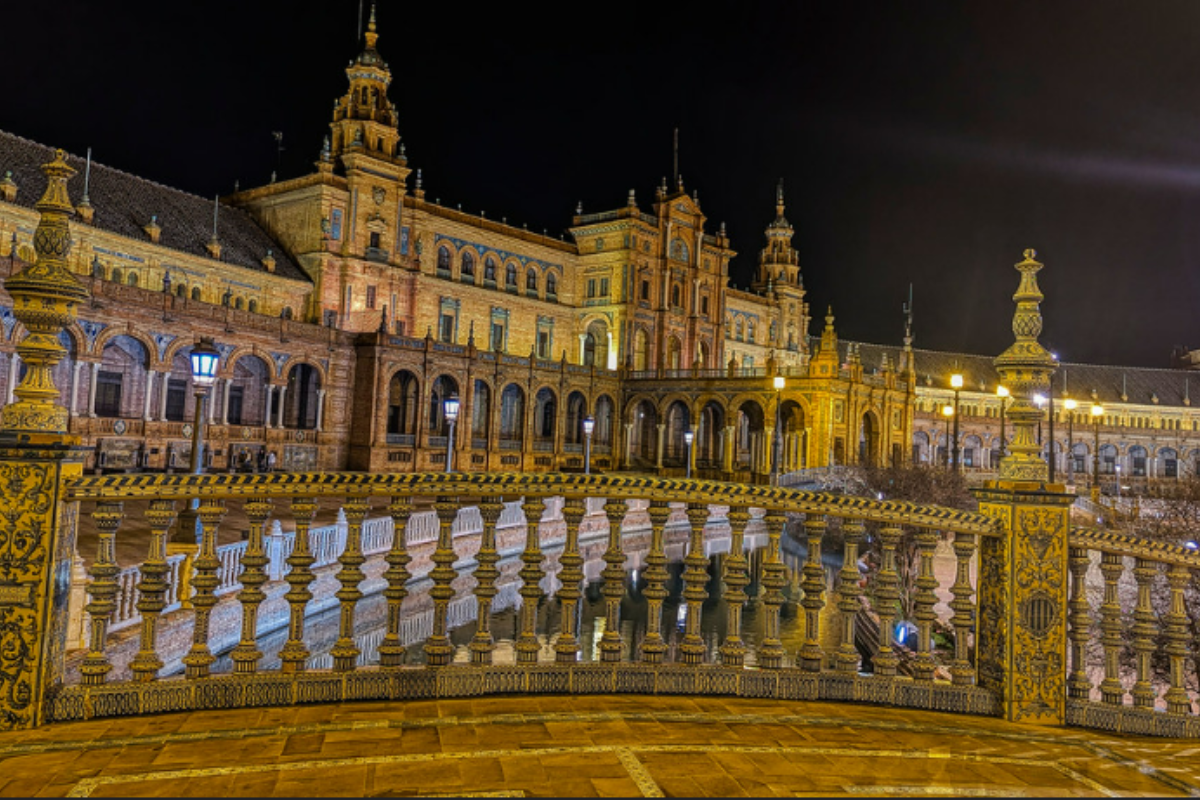
The everlasting enchantment of Seville lies in its extraordinary talent of absorbing contrasting influences without ever compromising its character. The Romans, Visigoths, Moors, and Christians have all dominated this city, each leaving cultural imprints that in turn evolved into something which is uniquely Sevillian.
For present-day travelers, Seville is a living museum where not only every generation of inhabitants is active in the evolution of the city rather than past generations maintain it. The wonder of Seville lies not in finding surprises but in how the ancient and modern intertwine in the day-to-day workings of life, giving the illusion of an ageless city that is as much in the moment and cool as one can get.
More from Travel Pug

- Cities Growing so Fast You Won’t Recognize Them in 10 Years
- 13 Destinations Where Tourists Regularly Regret Their Trip
- 20 Obscure WWII Sites Even History Buffs Don’t Know About
- 10 Under-the-Radar Mountain Towns That Are Both Affordable and Beautiful
- Remote Villages in Europe Where You Can Live for Free in Exchange for Work
Like Travel Pug’s content? Follow us on MSN.
